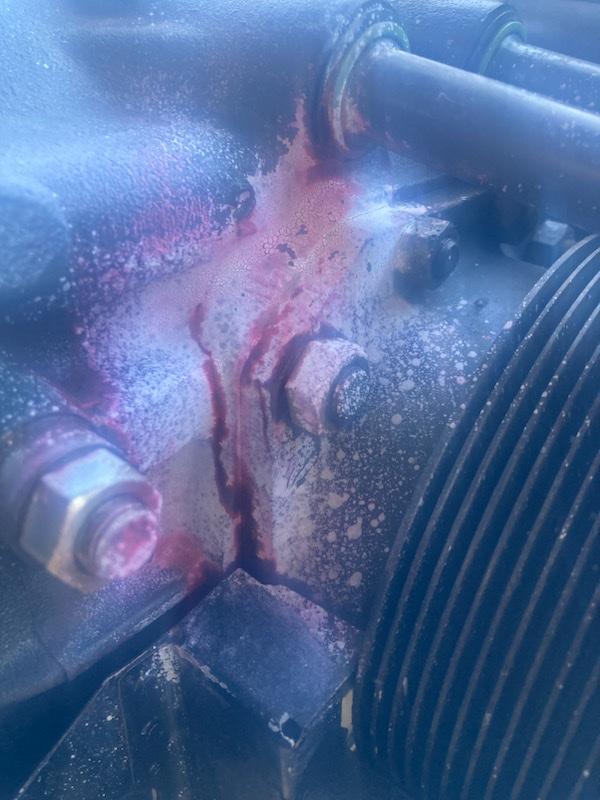M
MMM
Guest
A story of complacency. Quite a few years ago we had a twin that was flying on a weekend at a very busy flight school/flying club. I was the mechanic and was working part-time so wasn't fully in the loop on everything. Pilots wanted me to check out one of the engines for having some oil on the cowling. All engines leak, but these Rotax 912 engines in particular were just always leaking a lot. Pretty low time engines that looked brand new, just leaked constantly.
Oil looked like as much as normal, told them to check oil level and if that was good it was okay, just a leaky engine. Unbeknownst to me that had just had some work done on it and a part was not clamped properly back on. Ended up getting a low oil pressure warning and they shut it down + declared emergency. Luckily it was a twin.
Ever since that day I make sure if any pilot says it's got too much oil, I pull the cowls off, check for leaks, and wash the aircraft. And if you are wondering, I was honest with that fact and they considered the problem with the improper maintenance done, but it definitely is something that fell on me at the end of the day.
Oil looked like as much as normal, told them to check oil level and if that was good it was okay, just a leaky engine. Unbeknownst to me that had just had some work done on it and a part was not clamped properly back on. Ended up getting a low oil pressure warning and they shut it down + declared emergency. Luckily it was a twin.
Ever since that day I make sure if any pilot says it's got too much oil, I pull the cowls off, check for leaks, and wash the aircraft. And if you are wondering, I was honest with that fact and they considered the problem with the improper maintenance done, but it definitely is something that fell on me at the end of the day.


